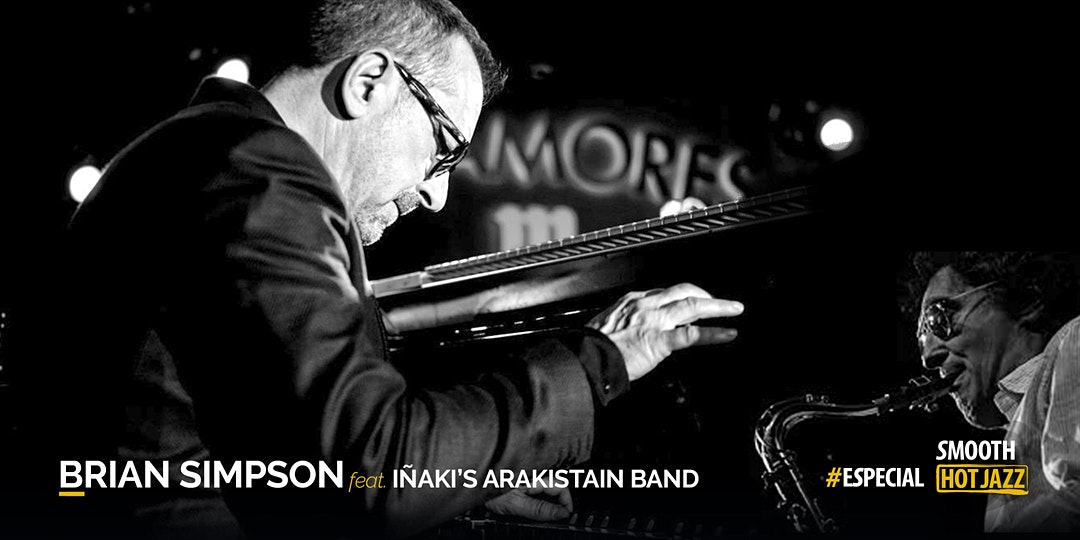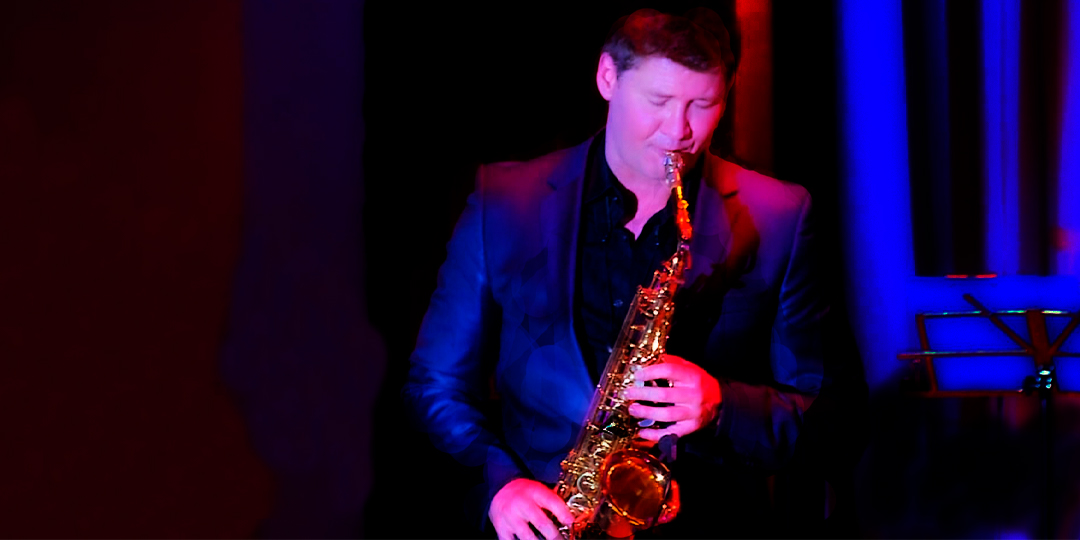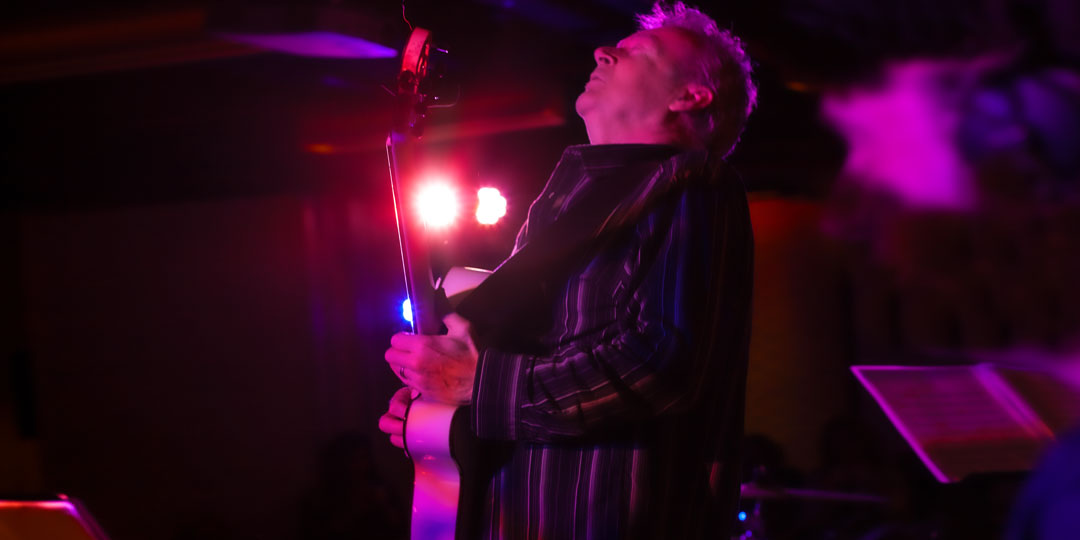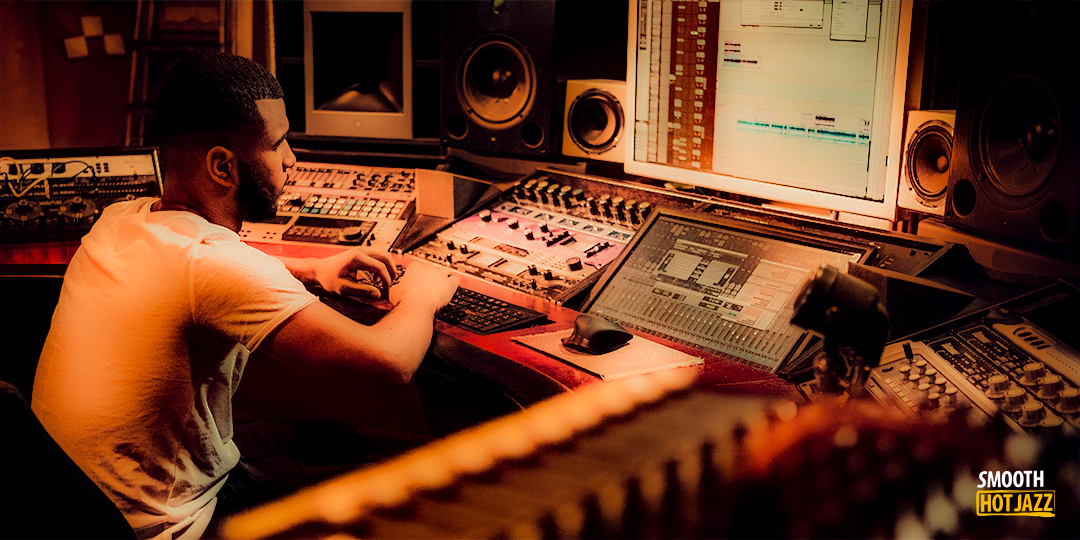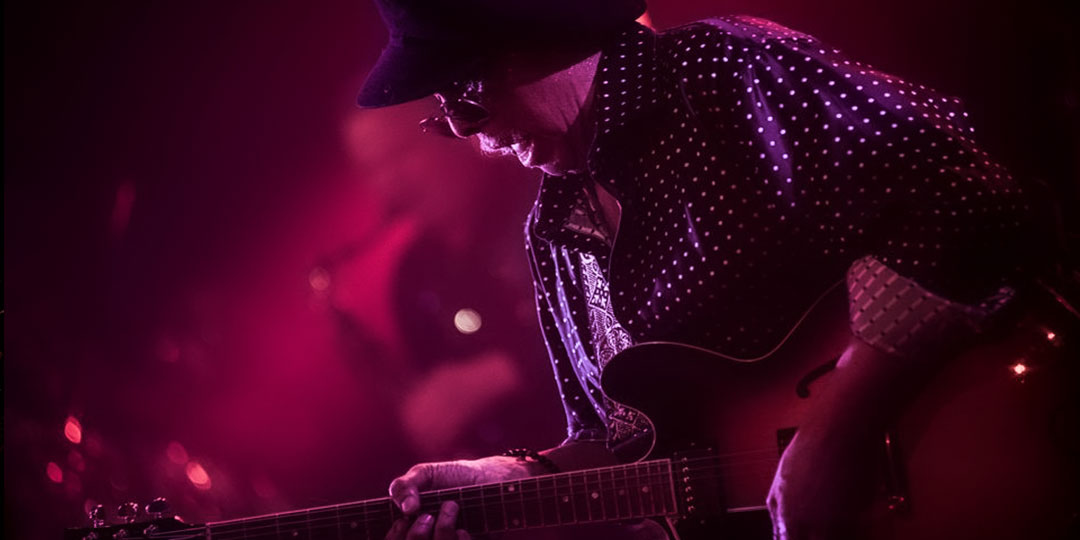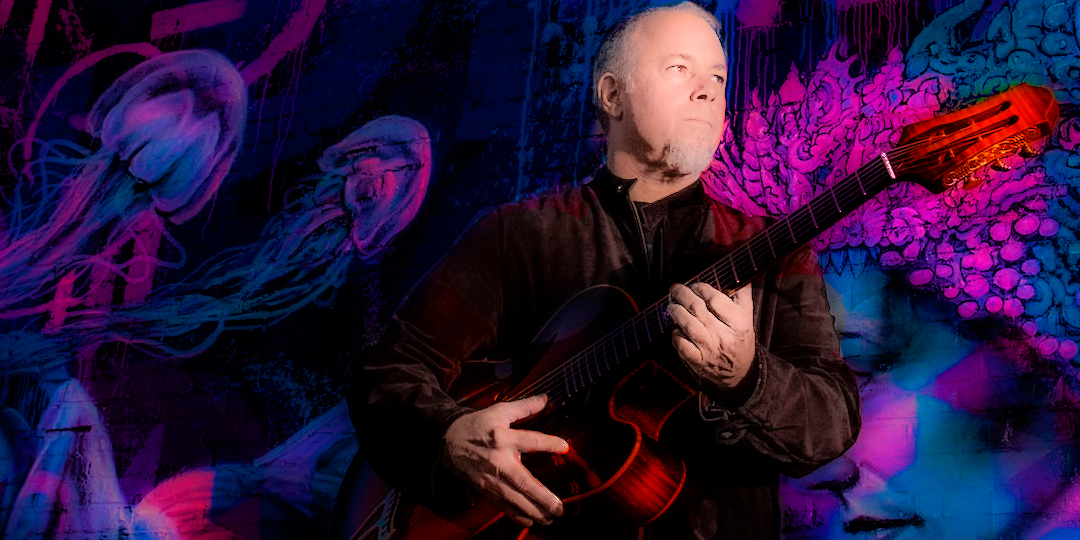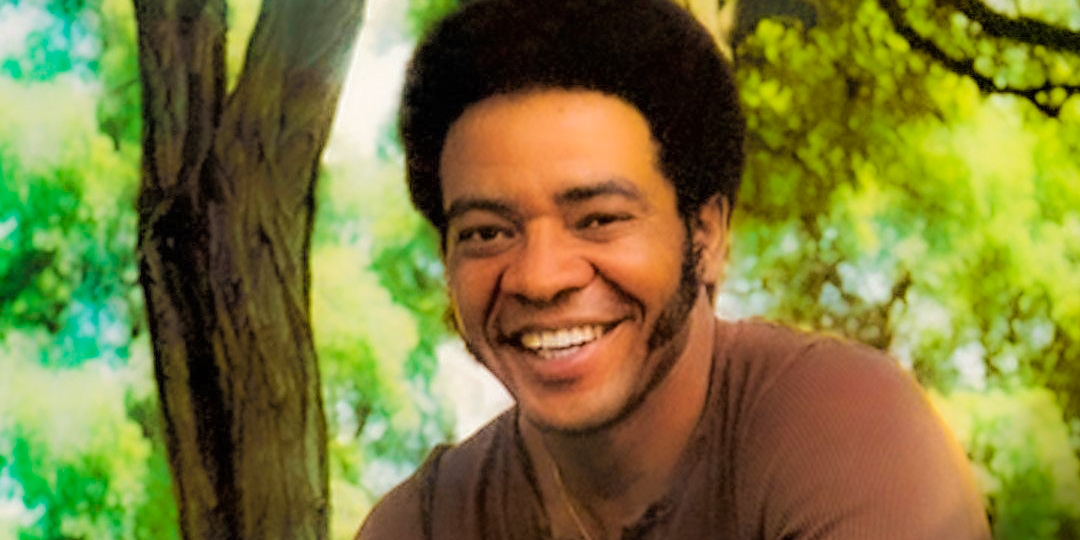Do you want to meet one of the most famous international Smooth Jazz stars? Exclusive interview with Peter White.
Peter White (1954) is a guitarist and composer of Smooth Jazz and Jazz Fusion of England, currently recognized as one of the most important artists of North American Smooth Jazz.
White’s musical career is one of the most original. His gift for music makes him a multi-instrumentalist who plays instruments such as the accordion, keyboards with ease, and who began self-taught in the guitar, although the clarinet was one of his first instruments, he finally abandoned it when listening Jimi Hendrix’s song titled “Purple Haze”, making the guitar the center of his life. In the 1970s, White reached fame with his distinctive guitar style accompanying Al Stewart for 20 years. Time when he co-wrote many songs including the best known hit “Time Passages”.
Already in the 90s, Peter White began his career as a solo guitarist, dedicating himself to Smooth Jazz, a musical style that was at its peak at that time. One of their biggest musical influences is the British band Acoustic Alchemy. His record debut occurs with the publication of the album titled “Reveillez-Vous”, an album dedicated to Gilberte, mother of the guitarist of French origin. In these almost thirty years of musical career, White has recorded production as a solo guitarist for more than a dozen albums.
He has collaborated and has taken the stage with musicians of the stature of Sam Riney, Boney James, Bob James, Jonathan Butler, Jeffrey Osborne, Richard Elliot, Christopher Cross, Mindi Abair, Brian Culbertson, Chris Botti, Michael Paulo, Rick Braun, Grover Washington Jr, Gerald Albright, Greg Vail, Kirk Whalum, Euge Groove, Steve Cole, Tim Heinz, Jeff Golub, Gato Barbieri, Craig Chaquico, Lee Ritenour, Skipper Wise, Phil Kencie, Paul Cotton, Bernard Oates, Dave Camp, Kiki Ebsen, Kenny Lattimore, Fredie Ravel, Dave Koz, Marc Antoine or Greg Karukas, among others.
Peter White is part of “Guitars & Saxes” a musical meeting with saxophonists Gerald Albright and Kirk Whalum, keyboard player Jeff Lorber and guitarist Jeff Golub. His annual Christmas tour is also known under the title of “Peter White Christmas Tour” in which Christmas songs are performed and which is undoubtedly a classic on the American tour circuit.
In his cast of awards Peter White won in 2007 the Best Smooth Jazz Musician at the Canadian Smooth Jazz Awards. He won the US Best National Guitarist award for 4 consecutive years. from Smooth Jazz. And In 2000, he won 3 Oasis Contemporary Awards (USA) for the best CD of the year with “Perfect Moment”, the best song of the year for “Midnight in Manhattan” with Grover Washington, Jr., and as best guitarist.
Her brother Danny White is also a musician and was a founding member of the British band Matt Bianco.
Meet the artist in this exclusive interview for Smooth Hot Jazz:
What inspired you to start playing the guitar?
PW – I saw the movie of the Beatles at Shea Stadium and that had a lasting effect of me. At the age of 11 it was the most exciting thing that I had ever seen and I wanted to be part of that excitement. I already had a guitar and I thought that if I learned to play well enough I could one day join a band and play around the world. I guess that dream has become a reality!
How did you become a professional?
PW – I grew up in the countryside just outside of London but when I was 20 I made the move to London and started meeting other musicians. One of them was the singer Al Stewart, who asked me to join his band. I had been professional for only about 6 months, so I was a little nervous, but I soon began to enjoy playing in his band, We began a tour of Great Britain in early 1975 and then we all caught a plane to Philadelphia to start an American tour. Before I joined Al’s band, I had never been on a plane, never stayed in a hotel, and never even lived in a house with a telephone! My life changed completely.
Tell us about your playing style
PW – Your style as an artist comes from within you. It is there waiting to come out and you just have to allow it to happen. It is not something that you can decide – it decides for you. You can choose the songs to play and the style of the accompaniment, but your playing style is pretty much set by the time you are in your early 20s. I listen to music I recorded in the 1970s and it still sounds like the way I play today!
You play the nylon string guitar. Why that particular instrument?
PW – When I started recording with Al Stewart in 1976, he gave me a nylon string guitar to play as I only had a steel string guitar at that time. The album we recorded the “Year of the Cat” and the song I was featured on was called “On The Border” and my life changed again. I had actually joined his band to play piano but after that album came out, I would come out from behind the piano and play the nylon string acoustic guitar on that one song. People would remember me for that moment – it was sometimes the only thing they remembered! I realized that I had a unique sound on that instrument, so I went with it.
How did you make the transition to being a solo artist?
PW – In the late 1980s I started to hear music on the radio that was acoustic and instrumental and I realized that maybe there was a chance for me to make my own instrumental guitar music. Up till then the only instrumental music I heard was straight ahead jazz on the radio, which I was not good at, and Muzak which was played in elevators and department stores. The radio station that I discovered back then in 1987 was called 94.7 The Wave and most of their playlist was instrumental music. This format later became known as Smooth Jazz.
One band that was getting a lot of airplay back then was Acoustic Alchemy, who were two English guys playing acoustic guitar with a band backing them up. I started wondering that if recorded some music on acoustic guitar, maybe I would get played on that radio station. So, suitably inspired, I set up a home recording studio, picked up my guitar, closed my eyes, stopped thinking and just started playing, and what came out became the basis of my first solo CD. After that CD was released I continued working as a sideman for a few years, but eventually, around 1995 and after four CD releases, I had so many shows of my own that my schedule didn’t allow me to play in someone else’s band – there wasn’t enough time! So I consider that 1995 was a real turning point for me. I was 40 years old and about to embark on a whole new phase of my career as a recording and touring solo artist. My life changed again.
Back when you started in music, did you see a path to where you are now?
PW – Not being a singer, I assumed that I would always be a guy playing in a band. In my younger days I hoped that the band would be similar to Led Zeppelin but after meeting Al Stewart I realized that the acoustic guitar was an instrument that could express a broad range of emotions so I was drawn more to acoustic music rather than electric music. If I had stayed on the rock and roll path which I followed as a teenager, I would probably be playing in a Led Zeppelin tribute band right now, down at my local pub!
You are now living in Los Angeles, California after growing up in England. Why did you make that move?
PW – After the success of “Year of the Cat” in 1976, Al Stewart decided to relocate from London to Los Angeles and I soon followed on to help him put a band together and continue touring in the USA. We recorded a lot of the follow-up album “Time Passages” in L.A. and most of our touring was in the USA so it made sense for me to be there. We started to put American musicians into our band line-up and Los Angeles was a good place to be as there were so many musicians there! I was 23 years old when I made the move and didn’t know that it would be a permanent one. I’ve been there ever since!
Has your style of playing changed over the years?
PW – My style of playing guitar hasn’t changed much since my early twenties when I was playing on tour and recording with Al Stewart. The music we played back then in the 1970s was mostly acoustic folk style music played with a rock beat. We called it folk-rock. However, after working with Polish singer Basia and my brother Danny, I gradually incorporated more jazzier rhythms into my music. It took me a while to get out of the rock mentality that I grew up with and embrace all music, not just as a listener, but as a musician. So in my music you can hear elements of jazz, rock, folk, hip-hop and classical music in the songs, but once again my basic style of guitar playing hasn’t changed since the 1970s.
How do you see Smooth Jazz in Europe?
PW – There is a great audience for Smooth Jazz in Europe and over the years I have played in Germany, Poland, Spain (Mallorca), Portugal and recently Switzerland. Also I go back to England every year usually in November to play a series of shows there. It’s like going home! I love meeting the fans and I am looking forward to performing in Madrid for the first time since I was there with Al Stewart in the 1980s!
What led you to record your latest album Groovin?
PW – I love interpreting old songs and recording them in my own style. Groovin is actually my third CD of cover songs. The first was Reflections in 1994 and the next one was Playin Favorites in 2005. The songs of the 60s and 70s were great songs and it is fun for me to re-imagine them as guitar instrumental pieces.
What does the future hold for you?
PW – I have accomplished more than I ever imagined in music, and I just hope to keep performing and recording for a very long time!









